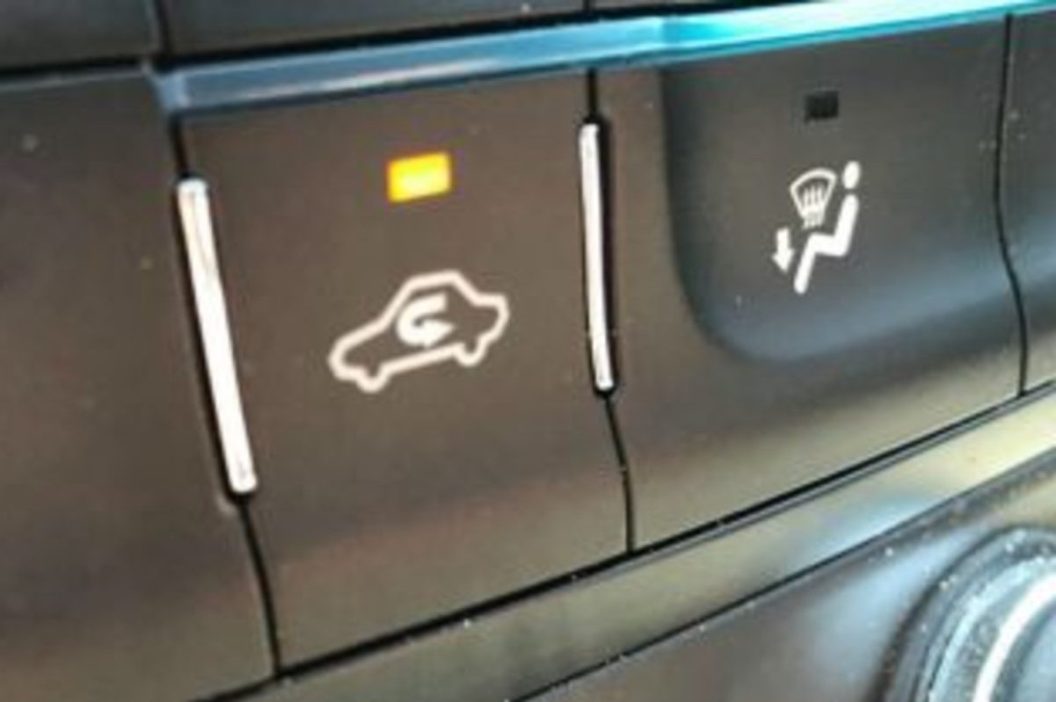Admit it: Even though you've been driving for a long time, you still have no idea what at least a few of the buttons on your car's dashboard do. Take the air recirculation button, for example. You know, the button that has the symbol of the car with the U-turn arrow inside of it. You've probably noticed it right next to where your air conditioning controls are and have probably even pushed it a few times. But, if someone were to ask what it exactly does, would you be able come up with a solid answer? It's ok if the answer is "No."
If you already know what the recirculate function does, read no longer. If you have absolutely no clue or need a jumpstart to the ol' memory banks, we've got you covered.
What Does the Air Recirculation Button Do?
Simply put, the air recirculation button works by recirculating air. Yep, that's it. Case closed. End of article.
Come on, you don't think we'd actually just leave you with that explanation, do you?
According to World Class Auto Service, the air recirculation button "recirculates the kind-of-cool air that you get from the A/C systems when you first turn it on. The longer it's on, the cooler your car gets until it's as as cool as it can possibly be."
Makes sense, right?
When Should You Use the Air Recirculation Button?
Now, you really only want to press the air recirculation button in the summertime. If you're not recirculating the air during those hot days, your car's air conditioning system is working harder to cool the warm outside air as it goes inside of the car, which can really put your A/C compressor through the ringer and isn't great for your fuel economy.
In the colder winter months, you're basically going to want to forget that the air recirculation button even exists. If you press that little button while there's really cold air outside, you're effectively trapping humidity inside of your car. The high moisture levels can natural lead to foggy windows, which is bad news for any driver hoping to make a safe commute.
This post was originally published on July 15, 2019.
Read More: When Did Cars First Get Air Conditioners?
